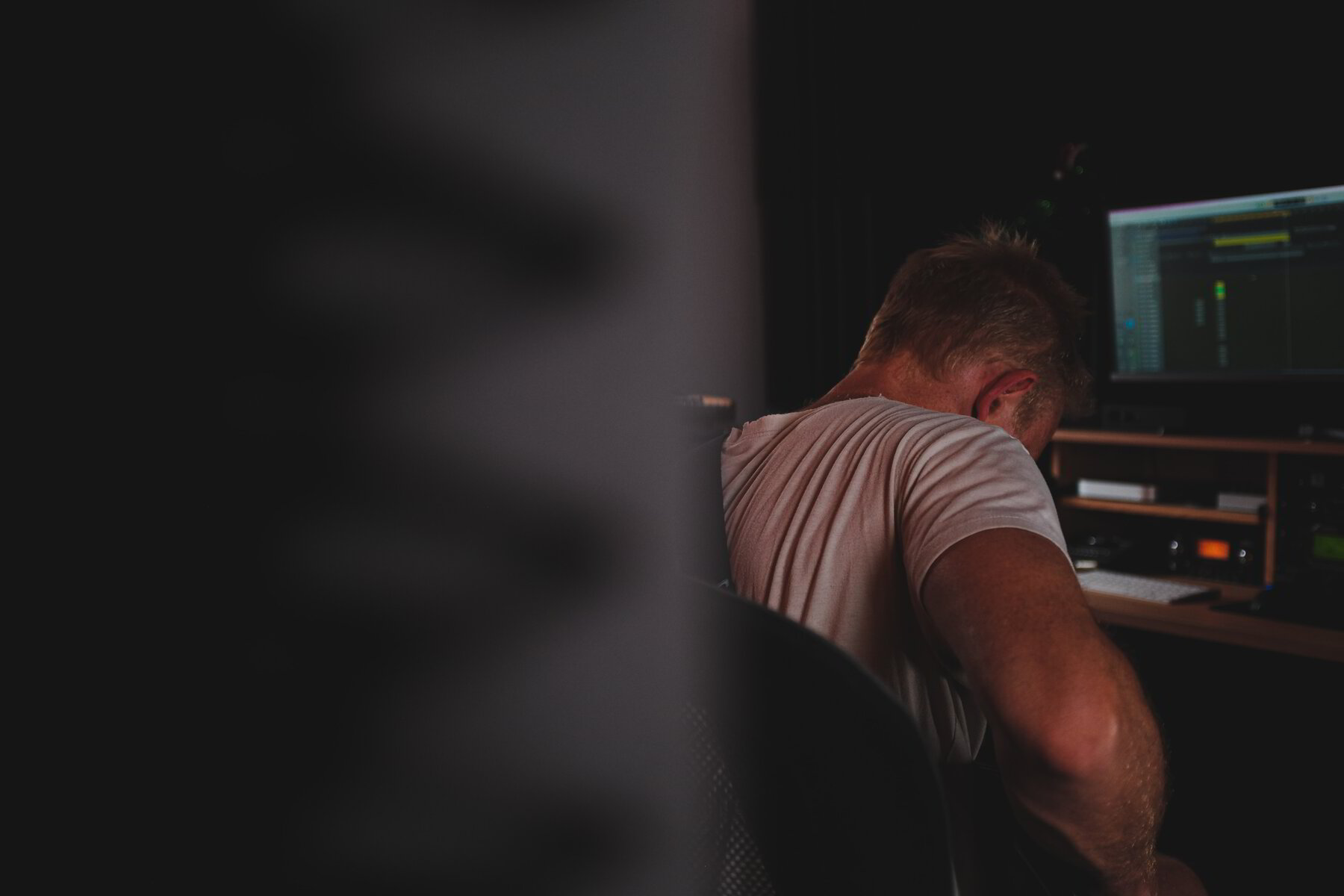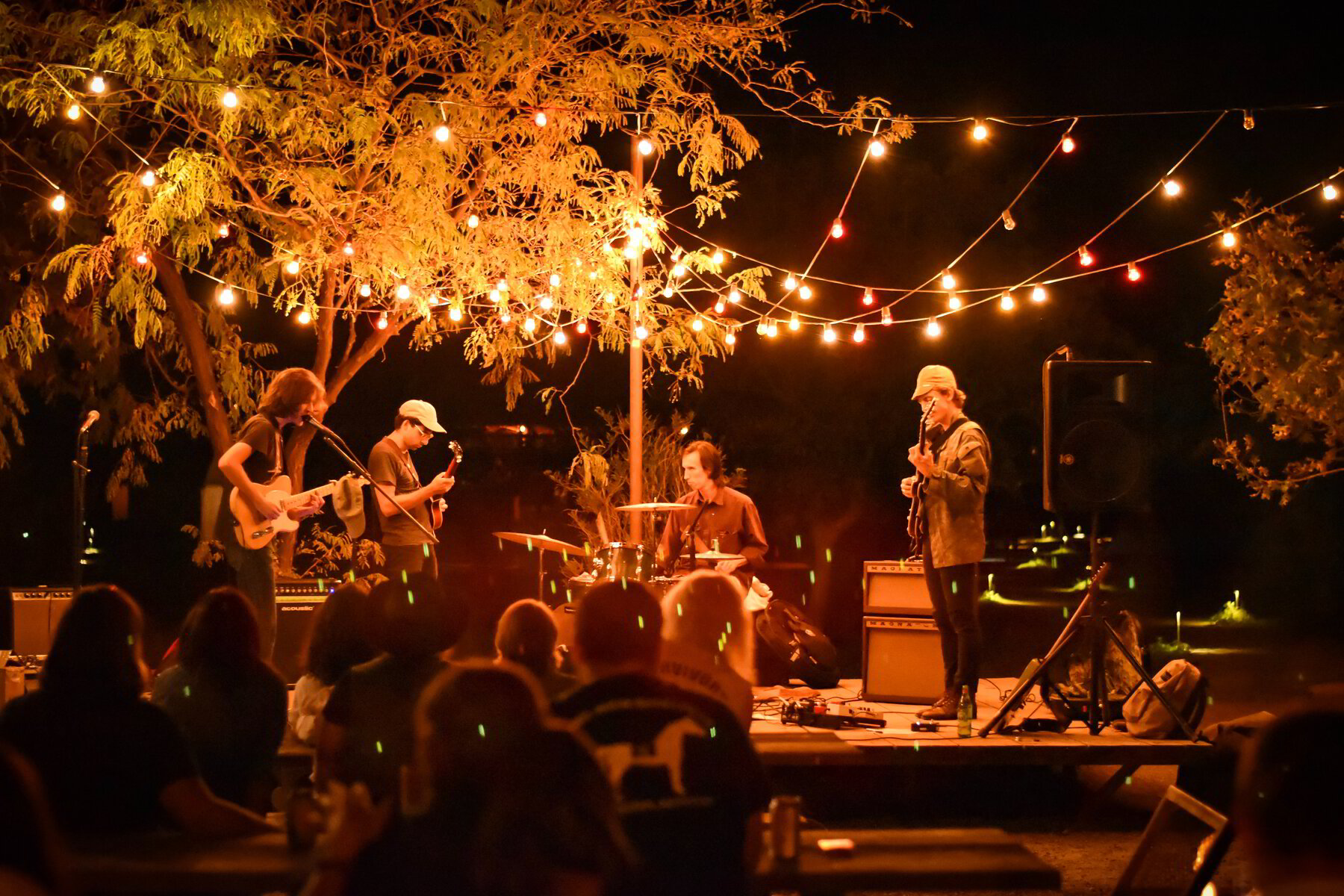Music is a universal language, and the Indie Folk genre speaks to those who appreciate soulful melodies, lyrical depth, and a DIY ethos. This guide will take you through the essentials of creating your own Indie Folk sound.

Understanding Indie Folk
History and Characteristics of Indie Folk
The Indie Folk sound has become increasingly popular over the past few decades, drawing in fans from diverse musical backgrounds. It is a genre that combines the simplicity and rawness of traditional folk music with the unique sensibilities of modern indie rock. The use of acoustic instruments is a defining element of this style, as artists often incorporate guitar, banjo, mandolin, and other instruments to create a sound that is both authentic and fresh.
The lyrics of Indie Folk songs are often deeply rooted in personal experiences, exploring themes of love, loss, and self-discovery. They are conveyed through a poetic language that resonates with listeners, often evoking emotions that are universal and relatable.
Emphasis on melody and harmony is another notable feature of Indie Folk music. The use of vocal harmonies and intricate instrumental arrangements creates a rich, layered sound that is both captivating and soothing. The melodies are often catchy and memorable, making the songs easy to sing along to.
Mumford & Sons, Bon Iver, and Fleet Foxes are just a few of the many talented Indie Folk artists who have gained tremendous success and critical acclaim. They have inspired a new generation of musicians to explore this genre, leading to a resurgence of interest in traditional folk music and acoustic-based music in general. The Indie Folk sound has become a powerful force in the music industry, attracting a diverse and ever-growing fan base.
Important Elements in Indie Folk
Indie Folk is a genre that has gained popularity in recent years, drawing from the storytelling traditions of folk music while incorporating elements of indie rock experimentation. It is a genre that values simplicity and authenticity, often featuring acoustic guitar and banjo as prominent instruments.
The lyrics of Indie Folk songs are often introspective and personal, focusing on themes such as love, loss, and self-reflection. The genre is defined by its willingness to push boundaries and experiment with new sounds and techniques. This experimentation is what gives Indie Folk its unique and fresh perspective, allowing it to stand out from other genres.
Whether it's experimenting with different instrumentation or exploring new lyrical themes, Indie Folk is a genre that is always evolving. The indie spirit that permeates this genre is all about breaking the mold and doing things differently. And that's what makes Indie Folk such an exciting and dynamic genre to listen to - there's always something new to discover and explore.

The DIY Music Production Toolkit
Essential Equipment for Home Studio
To get started, you will need to set up a home studio that is equipped with the necessary tools and equipment. A good quality microphone is essential to capture the warmth and natural tones of the acoustic instruments used in Indie Folk.
You will also need a pair of quality headphones to be able to listen carefully to the music as you record and mix. An audio interface is also a must-have as it provides a means to connect your microphone and instruments to your computer for recording and editing.
Additionally, having a reliable computer with sufficient processing power and memory is crucial to ensure seamless recording, mixing, and mastering. While having a great setup is important, having the right instruments is equally important to create the authentic sound of Indie Folk.
Therefore, acoustic instruments such as guitars, banjos, and ukuleles are essential to your setup. With the right tools and equipment, you can unleash your creativity and produce Indie Folk music that truly resonates with your audience.
Useful Software for Indie Folk Production
Software can help enhance your sound. Digital Audio Workstations (DAWs) like Logic Pro X or Ableton Live are key. Plugins for reverb, compression, and EQ will also prove useful.

Crafting Your Indie Folk Sound
Composing Unique Indie Folk Melodies
Creating an Indie Folk track is a beautiful process that requires a lot of creativity and imagination. It all starts with a strong melody that captures the listener's attention from the very first note. Whether it's played on guitar, banjo, or piano, the melody is the backbone of the track and sets the tone for the entire song.
As an Indie artist, it's important to experiment with different instruments and techniques to find the perfect sound that resonates with your creativity. Open tunings can be an amazing way to create a unique sound that is truly your own. It's essential to focus on the emotions you want to convey through your music and ensure that your melody speaks to the heart of your audience.
The melody should be powerful enough to evoke feelings of joy, sadness, love, or any other emotion that you want to express. As you build your Indie Folk track, remember to stay true to your artistic vision and let your heart guide you.
Arranging for an Indie Folk Ensemble
Layering instruments is a crucial technique in creating a rich and dynamic sound. By carefully adding different instruments to your composition, you can achieve a layered sound that is both textured and interesting. Whether you opt for strings, percussion, or harmonica, each instrument brings its own unique flavor to the mix.
Strings can add a sense of warmth and elegance, while percussion can create a driving rhythm that pushes the music forward. Harmonica, on the other hand, can add an element of bluesy rawness to your sound. However, it's important to remember that each instrument should have its own space in the mix.
The key to a successful layered sound is balance, where each instrument has its own designated spot without overpowering the others. With some experimentation and careful consideration, you can add depth to your music and create a truly captivating listening experience.
Developing Your Vocal Style
Your voice is a powerful tool that can communicate the depths of your emotions and experiences in a way that few other instruments can. As an indie folk singer, your vocals are often the centerpiece of your music, and learning to harness its unique qualities is essential to capturing the raw and emotional quality that defines the genre.
Whether you're just starting out or have been singing for years, practicing your singing is essential to honing your craft and developing your individual style. And while it can be intimidating to bare your soul in front of an audience, don't be afraid to show vulnerability in your performance.
Harnessing the power of your voice to share your stories and connect with your audience is what makes indie folk music so powerful and transformative. So, whether you're singing in front of a packed arena or just in your bedroom, embrace the power of your voice and let it guide you towards authentic, emotional performances that will leave a lasting impact on your listeners.

The Production Process
Recording Techniques for Indie Folk
Recording is an art that requires a balance between technical expertise and artistic creativity. When it comes to capturing the pure essence of music, simplicity is key. Stripping away the unnecessary complexities of recording equipment and focusing on the basics can yield remarkable results.
Experimenting with mic placement is one of the fundamental aspects of recording. It is crucial to find the sweet spot where the microphone captures the sound of an instrument or voice at its best. Whether it is the placement of a microphone near the bridge of a guitar, or the distance between the microphone and the singer's mouth, every detail matters.
In addition to individual instrument microphones, using a well-placed room microphone can also help to capture a more natural and ambient sound. The placement of the room microphone and the distance from the instruments can create a unique sound that can add to the overall texture of the recording.
By finding the perfect balance between microphone placement and room acoustics, a recording can capture the true essence of a performance, resulting in a sonic experience that is rich, full, and authentic.
Mixing and Mastering Your Indie Folk Track
In the mixing stage, balance your tracks to ensure that each instrument and vocal line can be clearly heard. Use EQ to carve out a unique space for each track in the frequency spectrum. Reverb can be used to add depth and space to your mix. In the mastering stage, you'll ensure the overall level and tonal balance of your track is consistent and ready for distribution.

Navigating the Indie Folk Scene
Connecting with the Indie Folk Community
Engage with other musicians and fans in the Indie Folk community. Attend local shows, participate in online forums, and collaborate with other artists. Building relationships can lead to opportunities and a deeper understanding of the genre.
Promoting Your Music in the Indie Folk World
In today's digital age, there are many ways to promote your music. Use social media, music distribution platforms, and Indie Folk blogs to reach your audience. Engage with your followers and be consistent in releasing new music and content.
Conclusion
Building an Indie Folk sound requires understanding the genre, having the right tools, and investing time in crafting your sound. Remember that music production is a journey, not a destination. Keep experimenting, learning, and growing as an artist.
FAQs
Q: What instruments are commonly used in Indie Folk music?
A: Indie Folk often features acoustic guitar, banjo, piano, and various stringed instruments. However, there's plenty of room for creativity and experimentation within the genre.
Q: Can I produce Indie Folk music at home?
A: Absolutely! With the right equipment and software, you can set up a home studio suitable for producing Indie Folk music.
Q: What is a DAW and which one should I use for Indie Folk?
A: A DAW, or Digital Audio Workstation, is software used for recording, editing, and producing audio files. Logic Pro X, Ableton Live, and Pro Tools are popular choices, but the best DAW for you depends on your personal preference and budget.
Q: How can I promote my Indie Folk music?
A: You can use platforms like Soundcloud, Bandcamp, and YouTube to share your music. Social media is also a powerful tool for promotion. Engaging with the Indie Folk community, both online and offline, can also be beneficial.
Q: How can I improve my Indie Folk songwriting?
A: Listening to a lot of Indie Folk music, practicing your instrument regularly, and experimenting with different songwriting techniques can help improve your songwriting. Remember, creativity is a muscle - the more you use it, the stronger it gets.
